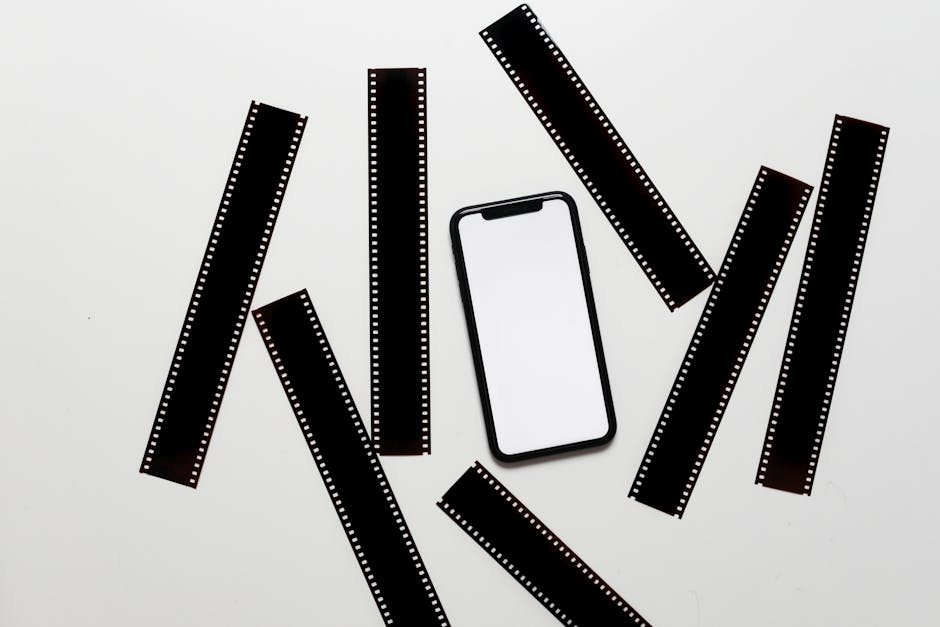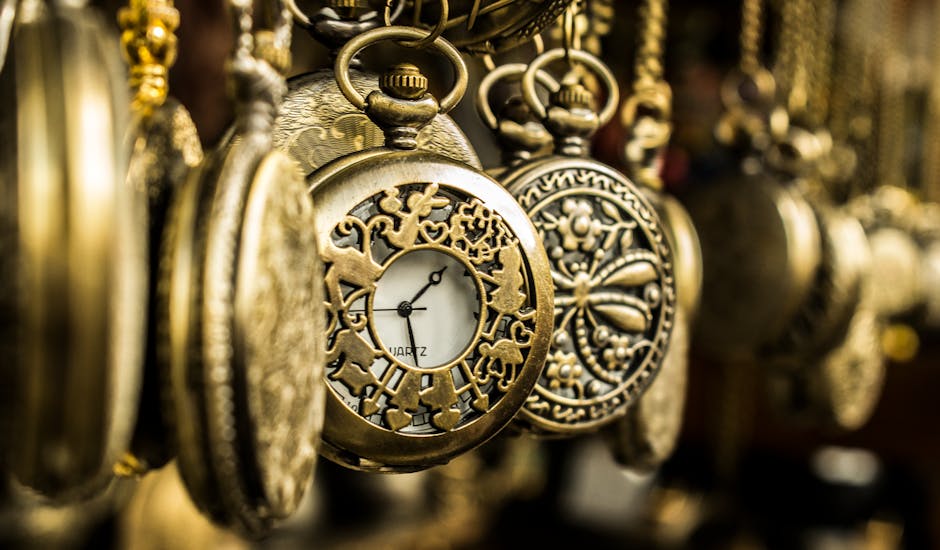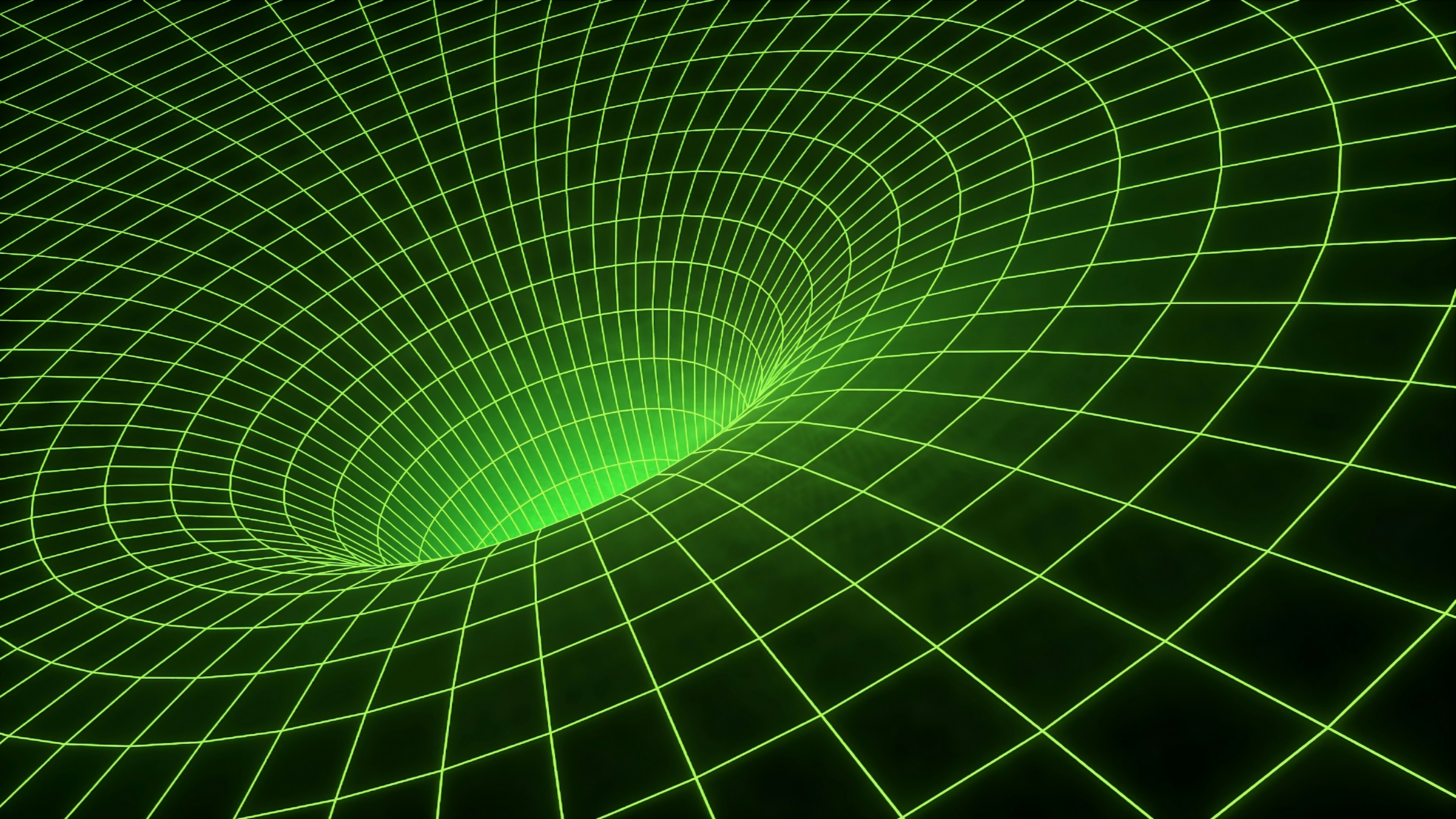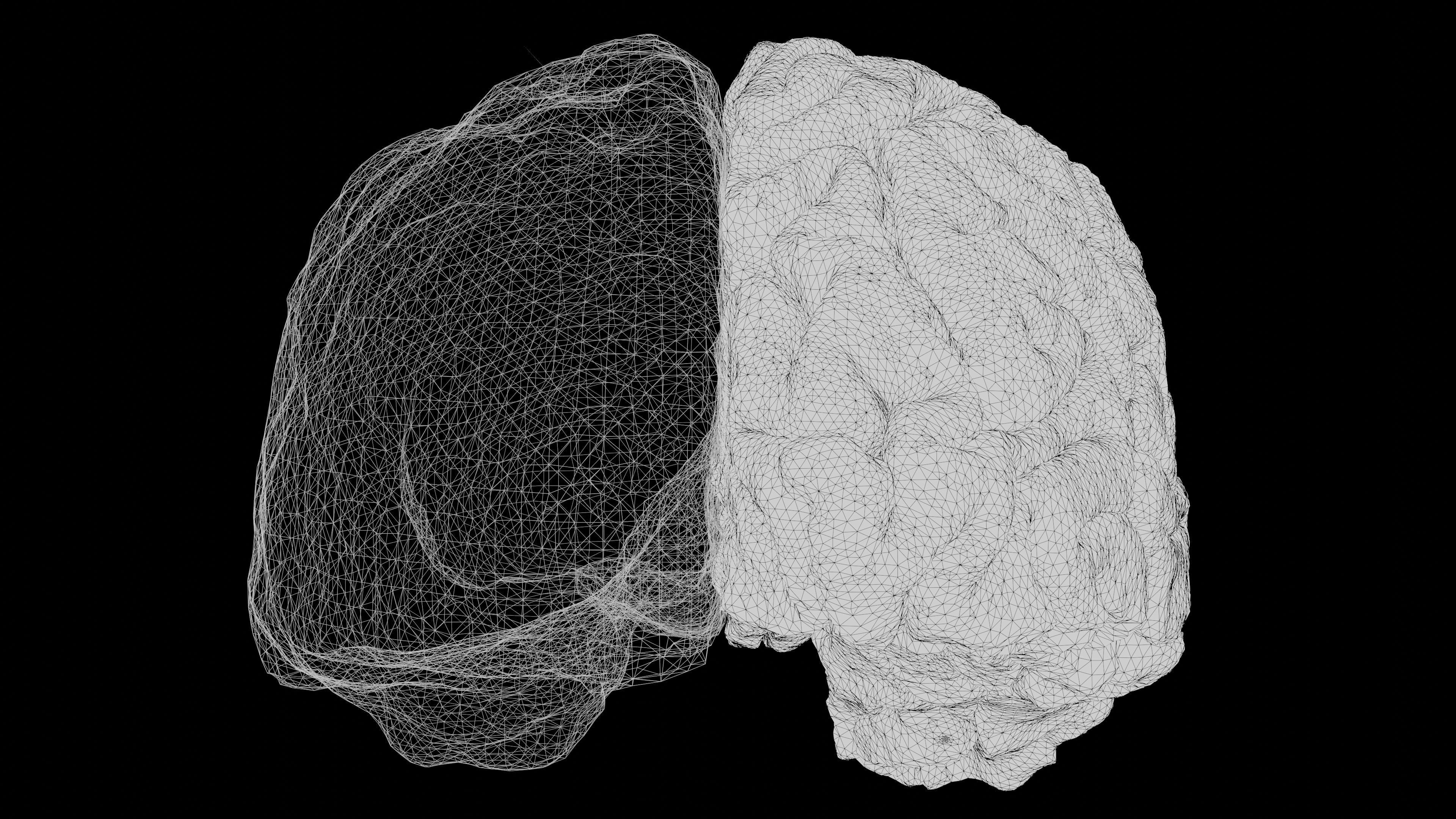Through the Lens of Time: Explore the Evolution of Photography Gear
In today's fast-evolving world of photography, staying updated with new gear can feel like trying to capture lightning in a bottle. But what if we told you that modern innovations in photography gear are deeply rooted in historical perspectives? By understanding the past, you can unlock a treasure trove of tips to enhance your photography skills. This article will take you on a fascinating journey, revealing how historical influences shape contemporary photography gear innovations. Let’s dive deep into the interplay between history and technology, revealing insights you can use to elevate your own photographic endeavors.
The Historical Impact on Modern Photography Gear

Photography is not merely a mechanical act of capturing images; it's an art form immersed in history. Early pioneers like Joseph Nicéphore Niépce and Louis Daguerre paved the way with their innovative techniques. Understanding the evolution from these rudimentary methods to today’s high-tech cameras enriches our grasp of modern tools and their capabilities.
For instance, consider how early cameras had fixed apertures and long exposure times. This limitation nurtured a discipline of patience and planning among photographers, a quality that can often be lost in today's fast-paced environment. Much contemporary gear aims to counter these historical limitations, introducing features like auto-focus and image stabilization, enabling photographers to capture fleeting moments with greater clarity.
Retaining Old Techniques in Modern Gear

The resurgence of classic techniques is a trend worth noting. For example, many modern cameras now incorporate settings for shooting in manual mode, allowing photographers to step back in time while fast-forwarding into the future. A great way to engage creatively with your camera is by mastering your device's manual settings, which can be approached as a homage to the meticulous process of early photographers. Mastering manual mode isn't just an exercise; it's a return to the roots of photography, wherein each click of the shutter was a calculated decision.
Furthermore, the art of film photography is experiencing a renaissance, with more photographers opting for the imperfect and organic feel of analog photos. Digital technologies now make it possible to simulate film aesthetics in post-production, bringing the old-school charm of grain back into style. This convergence of new digital capabilities and timeless techniques signifies a deeper conversation between past and present in the world of photography.
How Culture Influences Photography Gear Choices

Cultural narratives are intertwined with the way we use photography gear today. Different cultures emphasize different styles and concepts, which can dictate the tools photographers choose. For example, the emphasis on documentary photography in some cultures necessitates gear that can handle varied conditions and environments. The ultimate goal here is authenticity and capturing real emotions—something that is best done with the right equipment.
Considering this cultural dimension, it's essential to learn how tools like drones, instant cameras, and smartphones have catalyzed new styles of photography that resonate with cultural storytelling. Understanding these modern choices can be informed by exploring historical narratives that have long shaped how we perceive and portray the world.
Discover more on the significance of culture in equipment choices in our article on cultural narratives for deeper insights.
Technological Evolution: From Film to Digital

Technological advancements drive the photography industry's evolution. The transition from film to digital cameras was revolutionary, offering countless opportunities for both professional and amateur photographers. Digital cameras made it easier to capture countless images, edit them, and instantly share them—a significant shift that changed how we view and practice photography.
For aspiring photographers, understanding the roots of these advances is crucial. When you see a camera today equipped with features like Wi-Fi connectivity or advanced autofocus, remember that these innovations stem from historical needs for efficiency and connectivity that early photographers only dreamed of.
The Role of AI in Modern Photography

Artificial Intelligence has recently emerged as a game-changer in photography gear. From automated focus and exposure settings to enhanced software for editing and organizing images, AI technology helps us stay organized and present our artistic visions more effectively. Yet, one cannot help but appreciate how this technological marvel correlates with photographic advancements over time, which once required manual skill but now allows for creative exploration through automation.
A fascinating facet of this AI evolution is its application in recognizing emotion and context in images. Cues like facial expressions inform photographers as to the emotional depth captured in photos. Such tools empower photographers to curate their galleries with a range of emotional narratives, reminiscent of past practices yet exponentially enhanced. To delve further into how AI integrates with emotional storytelling, explore our insightful piece on AI and emotion recognition.
The Impression of Historical Context on Gear Design

Photography gear is as much a product of the environment as it is a tool for artistic expression. Each piece of gear often reflects historical contexts ranging from technological limitations to sociocultural demands. For instance, early cameras were built for heavy-duty usage, prioritizing durability over portability. As photography evolved into a more leisurely pastime for individuals, gear began to reflect lightweight designs and user-friendly interfaces.
More recent trends also emphasize the growing need for eco-friendly materials in gear production. Photographers today advocate for sustainable choices in their equipment, a concept very much rooted in the growing historical awareness of environmental impacts. Such shifts encourage manufacturers to innovate in ways that pay homage to both their past and the future of our planet.
The Emotional and Sensory Connection in Photography

Photographs serve as vessels of stories, emotions, and experiences. The gear used can greatly influence how those emotions are conveyed. Historical perspectives validate this intrinsic connection between equipment and emotion, as early photographers often relied on specific settings and materials to evoke feelings through imagery. Today, innovations such as enhanced sensors and color-adjusting features serve a similar purpose: to amplify the emotional weight of photographs.
To understand this nuanced relationship, consider diving into how color choices enhance emotional resonance. For details on pivotal color theories and the emotional power of hues in photography, check out our featured article on the emotional impact of color theory in photography.
The Future: Merging Historical Insights with Modern Technology

As we move forward, it is crucial to recognize that understanding historical contexts forms the backbone of innovation. Embracing techniques of the past while integrating technology from the present allows photographers to produce work that is not only visually stunning but also deeply resonant.
To unleash your creativity, harnessing new tools while respecting traditional methods is paramount. Understanding your roots gives you the foundation to experiment and push boundaries within your artistic practice.
For emerging photographers, the landscape is rich with possibilities. As you dive into personal projects and explore unique themes, reflect on how historical influences shape your gear choices and creative ideology.
Next Steps: Craft Your Unique Photography Journey

Photography, at its essence, is an ongoing dialogue between the past and present. The next time you reach for your camera, take a moment to reflect on the historical journeys behind its production and the cultural narratives attached to it. Embrace creativity by mastering traditional skills, exploring new technological advances, and remaining alive to the continuous evolution of photographic expression.
As you embark on your photographic adventure, consider these actionable steps:
-
Experiment with Historical Techniques: Delve into film photography or medium format cameras as a way to appreciate traditional methods while updating your skill set.
-
Research Cultural Influences: Investigate how your culture influences your aesthetic choices or stories you wish to tell through your images.
-
Embrace New Technology: Stay updated with the rapid advances in AI and camera gear, and embrace tools that can elevate your work while also learning to use them intuitively within creative frameworks.
-
Network and Collaborate: Connect with fellow photographers to share insights about gear choices influenced by diverse experiences, in both historical and contemporary contexts.
-
Reflect and Storytell: Constantly reflect on your body of work, seeking to weave emotion and narrative into your photography. Utilize resources to enhance your storytelling through visual imagery.
With knowledge of how the history of photography informs modern innovations, the impact of your personal creativity can reach new heights. Your journey through the lens of time is just beginning.



